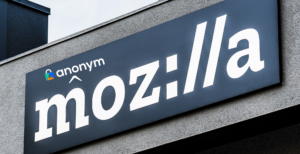Gone are the days when ratings were enough to satisfy TV advertisers.
Now they want performance, especially from their streaming ad buys.
In fact, “the No. 1 thing” TV marketers want is a signal to indicate whether their ads are producing outcomes, says Mark Wagman, managing director of MediaLink, on this week’s episode of AdExchanger Talks.
But attributing TV ads is tricky. “The click is hard to come by,” Wagman says, “especially in a lean-back environment,” because people normally don’t buy things they see on TV during commercial breaks; they do so later, either online or in-person.
Marketers can, however, use nontraditional ad formats to reengage consumers when they’re in the mood to shop. One example is Disney’s Gateway Shop ads, which were released in beta for Disney+ during CES.
The ads prompt viewers to send more information about an advertised product directly to their phone or email. In theory, a viewer can “bookmark” that information to revisit.
Rather than pushing people to make purchases in the moment, performance marketing for TV is more about moving them through the purchase funnel, Wagman says. The next phase of interactive or shoppable ads will therefore likely involve formats that “make it easy to reengage with [a brand] later,” he says.
Retailers with streaming inventory, such as Walmart and Amazon, are especially well-positioned to follow up with consumers after they see an ad. If a Prime Video viewer adds an item featured in a commercial to their Amazon cart, for example, there’s an opportunity for Amazon to remind that viewer to complete their purchase with push notifications.
With more ways to engage (or nudge) consumers, Wagman says, advertisers can increase their chances of turning consideration into a sale.
Also in this episode: Nielsen’s longevity and the fight for supremacy between alternative currencies, what to expect during this year’s upfronts season, renewed interest in multitouch attribution and the advent of the word “dongle.”
For more articles featuring Mark Wagman, click here.











